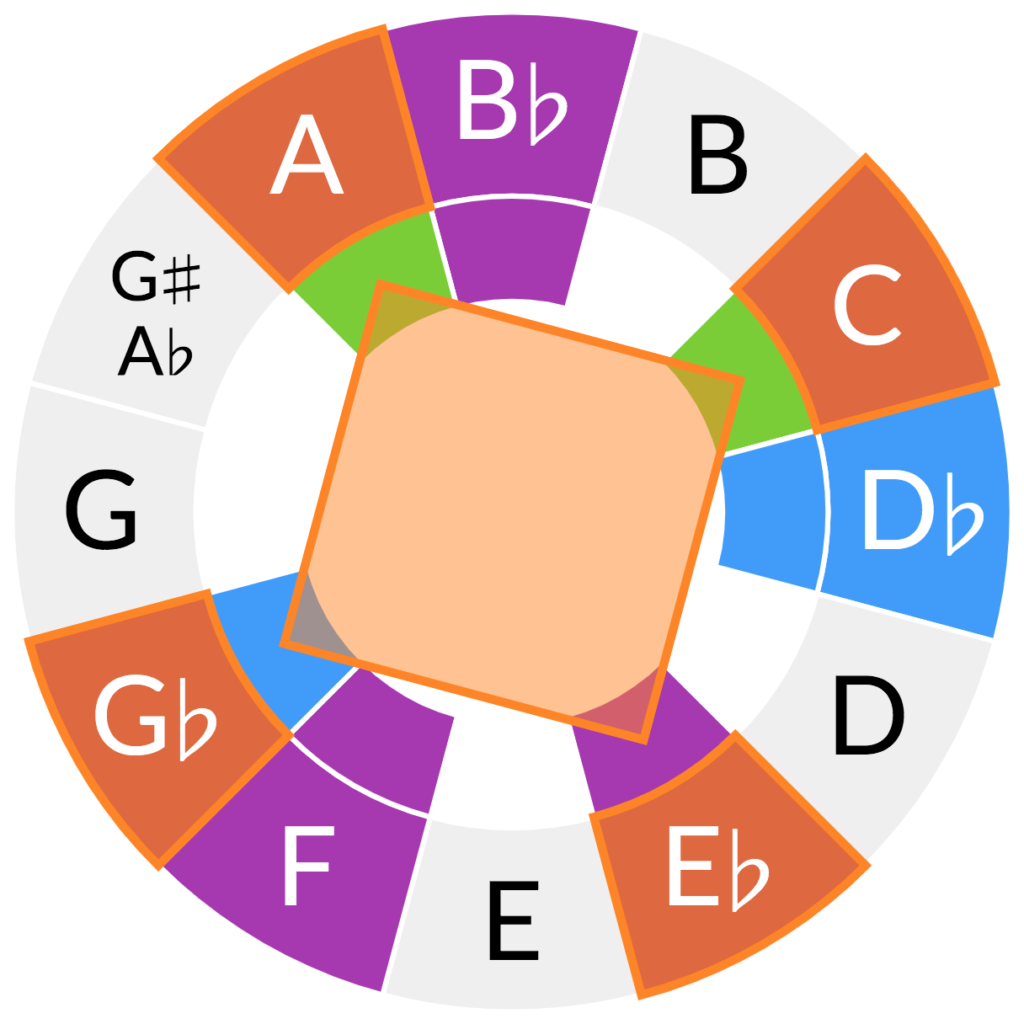The Roots, "Don't See Us"
I advocate for the study of hip-hop because it shows that harmony is not the only aspect of music worth studying. However, hip-hop is also underappreciated as a source of harmonic ideas in and of itself. The Roots' "Don't See Us" is a fascinating example of groove harmony.
https://www.youtube.com/watch?v=7HAInmEyKBY
The live version has an amazing acapella "turntablism" solo by Scratch:
https://www.youtube.com/watch?v=_JgVwOQIc1w
Here's my transcription of the hook from the studio version:
<span data-mce-type="bookmark" style="display: inline-block; width: 0px; overflow: hidden; line-height: 0;" class="mce_SELRES_start"></span>
The groove is a three-bar loop of Bbm6, Bdim7, and Cdim7, all over a B-flat pedal in the bass. This loop cycles in and out of phase with the four-bar hypermeter you expect in a rap song. The form is strange too; most of the sections are eight or twelve bars long, but there are a couple of thirteen-bar verses too. "The Lesson Part III (It's Over Now)" uses a similar hypermetrical dissonance to keep you feeling off-balance, but it's more extreme in "Don't See Us."
The three chords in the loop are weird and disorienting too. From casual listening, I thought the whole song was diminished chords. It isn't, but Bbm6 does contain a G diminished triad, and you can think of it as being an inversion of Gø7.

The Cdim7 kind of makes sense. You can think of it as a rootless voicing of F7(b9), the V7 chord in B-flat harmonic minor.

So, technically I guess the Cdim7 to Bbm6 is a V-I cadence. It doesn't feel like much of a resolution, though. Also, the Bdim7 chord in the middle makes no particular sense at all, except, I guess, as a chromatic approach to Cdim7. Regardless, the three chords feel less like a narrative with a beginning, middle and end, and more like three colors arranged in a pattern. They are similar enough to match each other, but different enough to be distinct. It almost doesn't matter what specific chords they are.
Chords in a groove don't actually have to "function" because they're really just signposting locations in the meter. But the chords in this tune are challenging your sense of the meter as much as they are guiding you through it. The Roots know you can sense groups of four just fine, so it's okay if the chords can push and pull against the form. I'd love to hear more conflict between harmonic rhythm and hypermeter.


